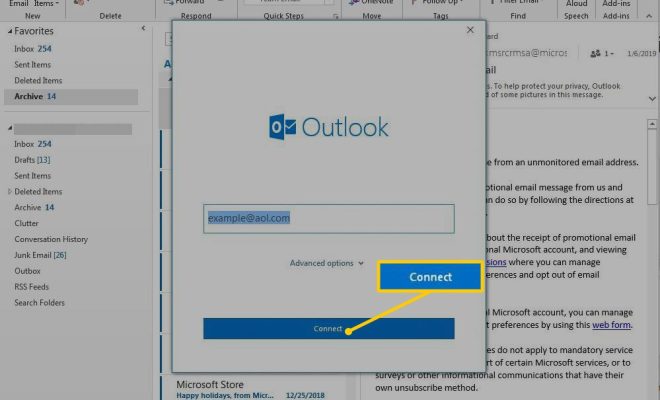eSIM vs. SIM, Explained: What’s eSIM and What’s the Difference?

The world of cellular phones and mobile data has seen rapid growth and change in recent years, with new technologies emerging to keep pace with the rapidly increasing demands of mobile consumers. One of the newer innovations in this realm is the eSIM, and while many people may not yet understand what it is or how it differs from a traditional SIM card, it is quickly becoming an important technology in the mobile landscape.
So, what is an eSIM, and how does it differ from a SIM card? Essentially, an eSIM is an embedded SIM card that is built into a device at the manufacturing stage. This means that instead of physically swapping out SIM cards when changing phones or plans, users can simply download an eSIM profile onto their device, instantly connecting it to a specified network.
There are several key differences between eSIM and traditional SIM cards. For one, eSIM profiles can be downloaded and activated directly from the device itself, without the need for a physical SIM card. This means that users can switch carriers or plans much more quickly and easily than they can with a traditional SIM card, which can take several days or more to arrive in the mail.
Another key benefit of an eSIM is its versatility. Because the eSIM is embedded within the device itself, there is no physical footprint needed, which allows manufacturers to design smaller and more lightweight devices. This is particularly useful in applications like wearables, where space constraints and device weight are critical concerns.
Perhaps most significantly, though, an eSIM opens up new possibilities for multi-device, multi-network use. With a traditional SIM card, each device must have its own physical card, and this can make it difficult to share data and manage multiple devices. With an eSIM, multiple devices can be linked to a single account and managed remotely, making it easier to share data and manage devices across networks.






